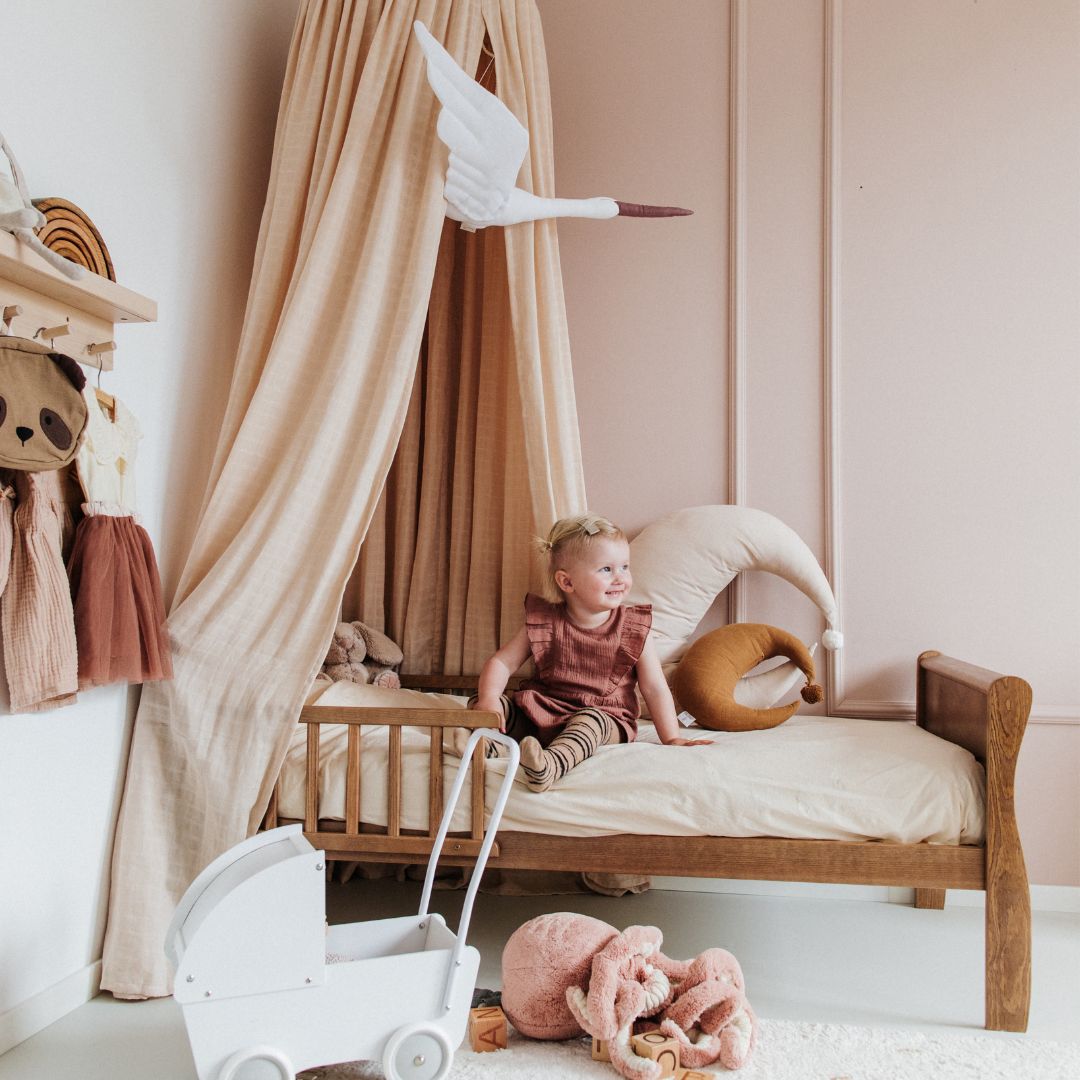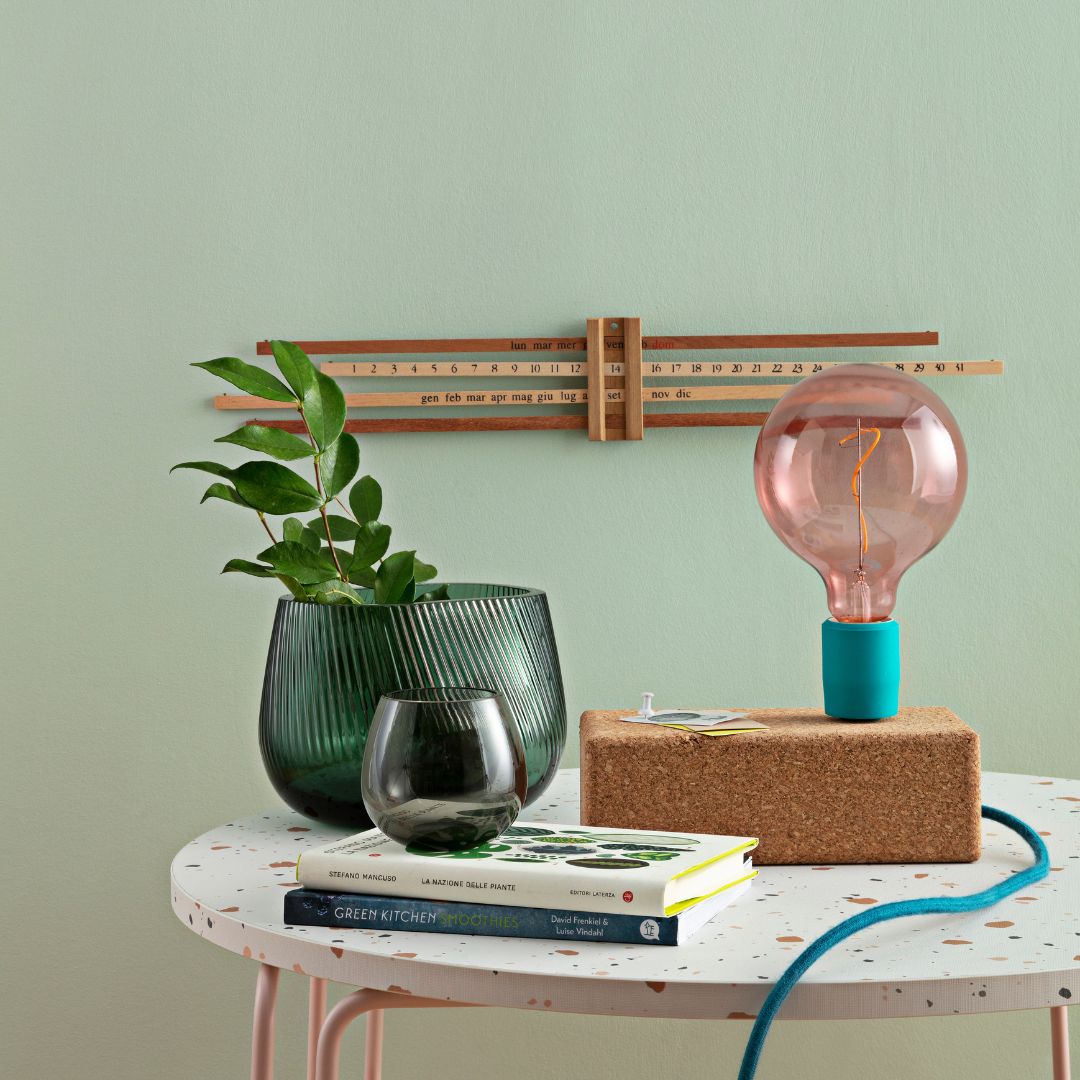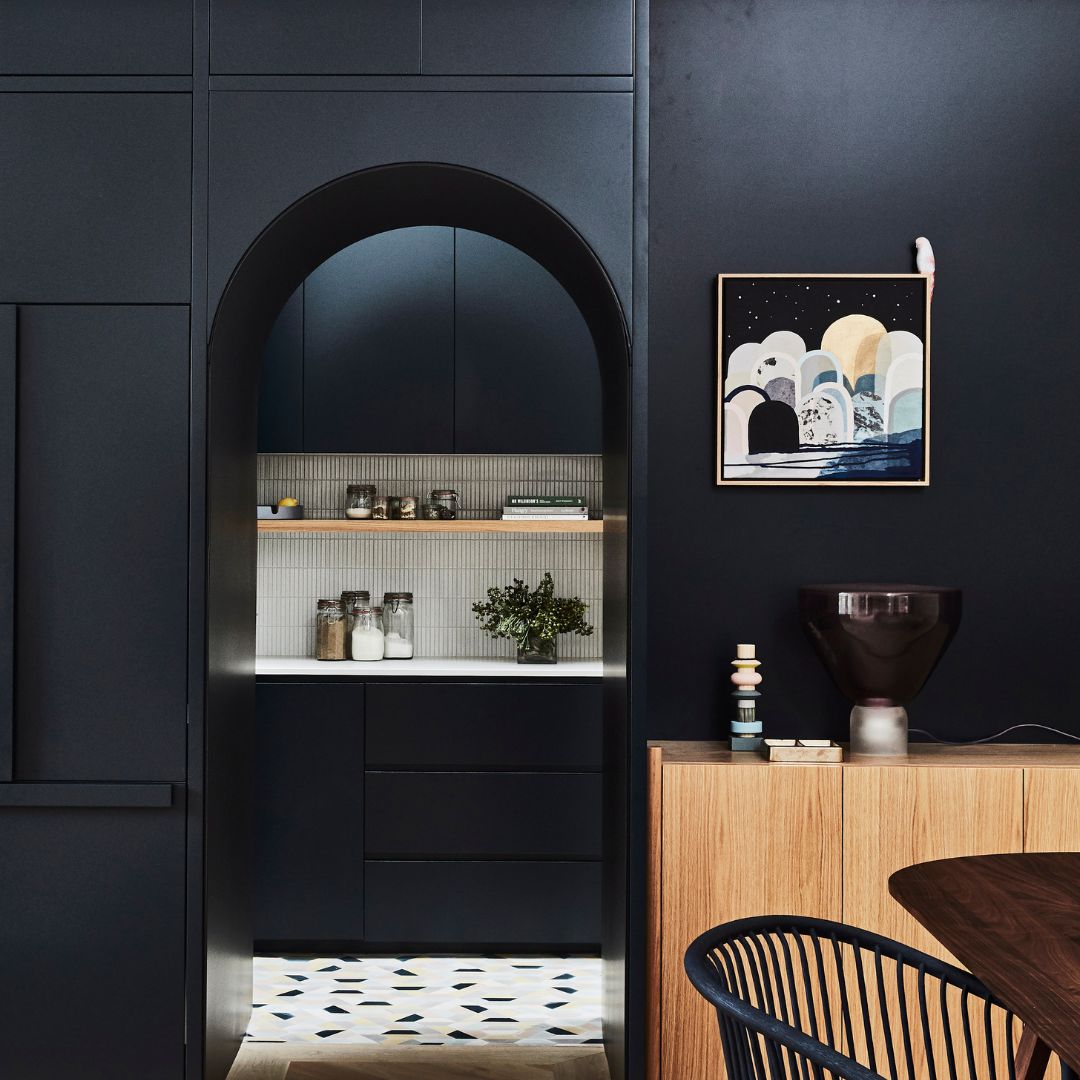When considering revitalizing an interior space with paint, applying a primer is a crucial step for the success of your project, often underestimated. However, this preparatory layer plays a fundamental role both technically and decoratively. Indeed, the primer ensures better paint adhesion, helps to even out the surface, and can even influence the brightness and purity of the final color. Beyond its technical benefits, it is also a valuable ally for the sustainability of your decorating project.
What is an underlay?
The primer prepares the walls you want to paint or repaint by creating a uniform and smooth surface, essential for a flawless finish. This step is crucial, especially on new or repaired walls, as it helps hide imperfections and ensures the decorative paint is applied over a uniform background. You might be interested in our article on what a primer is for .
In addition to physically preparing the wall or any other type of support (wood, ceiling, plaster, etc.), the primer significantly improves the adhesion of the final paint. This is especially important in rooms where the walls are subject to humidity or temperature changes. Good adhesion ensures that the decorative paint layer remains intact and vibrant for longer, thus avoiding frequent touch-ups.
Using an undercoat can lead to significant paint savings. It allows for better coverage with less topcoat paint, as the surface is already even and ready to receive color. This is especially useful when using brighter colors, where uniformity is paramount.
In summary, applying an undercoat is a step that should not be overlooked for anyone wishing to achieve a professional and lasting result in their interior painting projects.
Prepare your support
Before applying a primer, it is essential to carefully prepare the surfaces to be painted or repainted, whether they are wood, placo, plaster, or your walls. This step, often overlooked, is nevertheless crucial for the quality of the final result.
The first step is to clean the walls. It is important to remove all traces of dust, dirt, and grease. To do this, use a dry or slightly damp cloth with soapy water, taking care not to saturate the wall with water. If necessary, mild cleaning solutions can be used to remove more stubborn stains. Once cleaning is complete, allow the walls to dry completely before moving on to the next step.
Surface repair is just as crucial. Inspect your walls for cracks, holes, or other imperfections. Use a suitable filler to fill small defects, and lightly sand the surface once the filler is dry to achieve a perfectly smooth wall. For larger repairs, more advanced techniques may be required, and it may be wise to hire a professional to ensure optimal results.
Once your walls are cleaned and repaired, lightly sand the entire surface to ensure maximum adhesion of the undercoat. This sanding should be fine and even to avoid damaging the wall surface. Finally, remove any remaining dust from the sanding with a dry cloth or vacuum cleaner.
With these steps, your walls will be perfectly prepared to receive the undercoat, ensuring a uniform application and a high-quality final result.
Make the right choice of tools
To apply primer efficiently and professionally, it's essential to have the right equipment. Here's a list of essential tools and materials to prepare before starting your painting project:
Paint rollers: Choose good quality rollers that match the texture of your walls. For large areas or on plaster, a medium-pile roller is ideal, while for smaller, hard-to-reach areas or on wood, a mini roller may be more practical.
For Algo paints, use a 14mm microfibre roller.
Brushes: These are necessary for finishing and delicate areas, such as corners or edges. Make sure you have several sizes for different work details.
Protective tarps: These are essential for protecting your floors and furniture from paint. Choose sturdy, well-covering tarps. You can tape your tarps with smooth masking tape to ensure they don't get dirty.
Masking tape: Use this to cover door frames, baseboards, and other surfaces you don't want to paint. This ensures clean lines and a clean job.
Paint tray and wringer grid: the tray will make it easier to dip the roller and the grid will allow you to remove excess paint for an even application.
Paint consistently
The first thing to do before painting or repainting the undercoat is to mix it to obtain a smooth and uniform texture. Some undercoats will perform better with dilution. This is particularly the case with Algo universal paints : a dilution of up to 5% is recommended for conventional roller and spray application. For spray application, you can dilute the paint up to 10%.
Ideally, you should start painting at the corners, as these will require special attention in the corners and along the edges of the wall. Starting at the corners allows you to reach areas that the roller cannot effectively cover.
For smooth, large surfaces, the roller remains the ideal tool: use the paint tray to spread the paint evenly on the roller and apply the undercoat using vertical movements, overlapping each pass to avoid streaks.
The undercoat always requires a single, thin layer to avoid unevenness and possible drying failure. Similarly, a measured application will help limit drips and runs.
If you notice drops on your surface, it is imperative to repeat the roller pass to evenly distribute the excess paint over the surface.
To avoid common mistakes when applying primer, read our article on what to avoid.
Respect the drying time
Respecting the drying time is also important: once your undercoat is applied, wait 12 hours before starting to apply the finish.
Once the primer is dry, inspect your wall for any imperfections and lightly sand it if you want a perfectly smooth surface.








